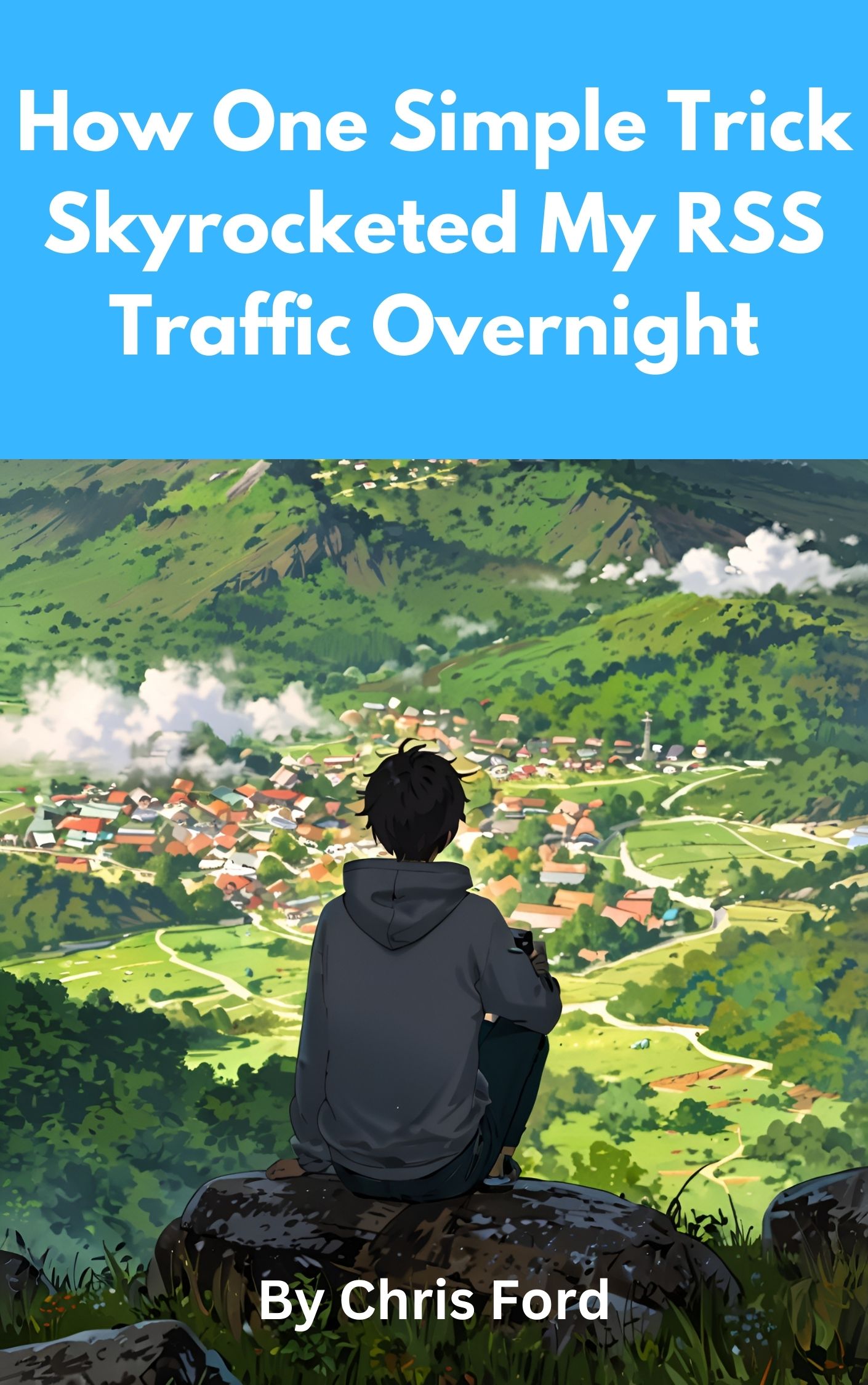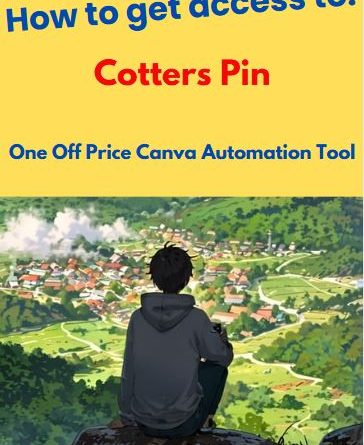What are Puzzle Books
Puzzle books have always been a popular choice for people looking to keep their minds and brains active. From crosswords and word searches to Sudoku and logic puzzles, there are countless options available for those seeking mental stimulation. In this article, we will explore seven popular kinds of puzzle books that people on Amazon KDP (Kindle Direct Publishing) buy to satisfy their need to keep their minds and brains active over a period of years.
Crosswords: Crosswords are perhaps the most well-known type of puzzle book, with a long history dating back to the early 20th century. These puzzles consist of a grid of squares, with each square containing a letter. Across the grid, players must fill in the squares with words, using clues provided to determine the correct word. Crossword puzzle books come in a variety of difficulties, making them suitable for players of all skill levels.
Word searches: Word search puzzles are similar to crosswords, but instead of filling in the squares with letters, players must find words hidden within a grid of letters. The words can be placed horizontally, vertically, or diagonally, and may be spelled forwards or backwards. Word search puzzle books are often themed, with words related to a particular topic or theme.
Sudoku: Sudoku is a logic puzzle that involves filling in a grid of squares with numbers. Each row, column, and 3x3 box must contain all of the numbers from 1 to 9, without repeating any numbers. Sudoku puzzle books come in a range of difficulties, from beginner to expert, making them suitable for players of all skill levels.
Logic puzzles: Logic puzzles are a type of puzzle that requires the player to use deductive reasoning to solve. These puzzles may involve finding patterns, deducing relationships, or solving riddles. Logic puzzle books come in a variety of styles, including mazes, cryptograms, and riddles.
Jigsaw puzzles: Jigsaw puzzles are a classic type of puzzle that involves fitting together small, interlocking pieces to form a picture or design. Jigsaw puzzle books often include multiple puzzles, with a range of themes and difficulties to choose from.
Cryptograms: Cryptograms are a type of puzzle that involves decoding a message by replacing each letter with a different letter or symbol. Cryptogram puzzle books often include a range of different messages to decode, with varying levels of difficulty.
Mazes: Maze puzzle books consist of a series of interconnected paths, with the goal being to navigate from the starting point to the end point. These puzzles may be simple or complex, with a range of themes and difficulties to choose from.
Puzzle books are a great way to keep your mind and brain active over a period of years. Whether you prefer crosswords, word searches, Sudoku, or any of the other popular types of puzzle books mentioned above, there is a puzzle book out there that is sure to keep you challenged and entertained. So if you're looking for a fun and engaging way to stimulate your mind, consider picking up a puzzle book and giving it a try!
Initiating a CTA in a puzzle Book
A call to action (CTA) is a key element of any marketing campaign, and puzzle books are no exception. A CTA is a message or statement that encourages the reader to take a specific action, such as purchasing a product or signing up for a newsletter. Here are four ways to introduce a CTA inside a puzzle book in less than 300 words:
Use a clear and direct statement: A straightforward and direct statement can be an effective way to introduce a CTA. For example, you might say "Get your copy of our new puzzle book now!" or "Sign up for our newsletter to receive updates on new puzzle releases."
Offer a limited-time deal: Creating a sense of urgency can be a powerful motivator, so consider offering a limited-time deal as part of your CTA. For example, you might say "Order now and get 10% off your first purchase!" or "Sign up for our newsletter and receive a free puzzle pack with your first purchase."
Highlight the benefits: Another way to introduce a CTA is to focus on the benefits of taking the desired action. For example, you might say "Join our puzzle club and receive exclusive discounts on future purchases" or "Sign up for our newsletter and get access to exclusive puzzle content and special offers."
Use a call-to-action button: A call-to-action button is a visual element that can be used to draw the reader's attention and encourage them to take action. These buttons can be placed prominently on the page and should be designed to stand out from the rest of the content. Some examples of CTA button text might include "Order Now," "Sign Up," or "Learn More."
Incorporating a CTA into your puzzle book can be a great way to encourage readers to engage with your brand and take the next step in the customer journey. Whether you choose to use a clear and direct statement, offer a limited-time deal, highlight the benefits, or use a CTA button, be sure to test different approaches to see what works best for your audience.
Here is a list 14 obscure puzzle niches
Geocaching: Geocaching is a type of puzzle that involves finding hidden containers, or "caches," using GPS coordinates. Players must solve clues and riddles to locate the caches, which may be hidden in a variety of locations, including forests, parks, and urban areas.
Escape rooms: Escape rooms are interactive puzzle games in which players are "trapped" in a room and must solve a series of clues and puzzles to escape before time runs out. These puzzles often involve finding hidden objects, decoding messages, and solving logic problems.
Word ladders: Word ladders are a type of puzzle that involves changing one word into another by altering one letter at a time, with the constraint that each intermediate word must also be a valid word. For example, one might change "cat" to "dog" by changing one letter at a time to form the words "bat," "bit," "big," and "dig."
Trilingual puzzles: Trilingual puzzles are puzzles that involve three languages. These puzzles may involve finding words or phrases in different languages, or solving a puzzle in one language and then translating the solution into another language.
Acrostic puzzles: Acrostic puzzles are a type of word puzzle in which a series of clues, often in the form of a poem, leads the solver to discover a hidden word or phrase. The first letter of each clue word is used to spell out the solution.
Double acrostics: Double acrostics are a type of puzzle similar to acrostic puzzles, but with an additional layer of complexity. In a double acrostic, the first and last letters of the clue words are used to spell out two different words or phrases, one across and one down.
Cryptarithms: Cryptarithms are a type of puzzle in which a mathematical equation is written using letters instead of numbers, with the goal being to determine the value of each letter. For example, the equation "SEND + MORE = MONEY" might be solved by replacing each letter with a number to create the equation "9567 + 1085 = 10652."
Tangrams: Tangrams are a type of puzzle that involves rearranging a set of flat geometric shapes to form a specific figure or design. The shapes, called "tans," must be placed together without overlap, and may be rotated but not flipped.
Hidato: Hidato is a type of number puzzle that involves filling in a grid of squares with consecutive numbers, starting from a given starting point and working outward in any direction. The goal is to fill in all of the squares in the grid.
Grid puzzles: Grid puzzles are a type of puzzle that involves fitting a set of irregularly shaped pieces into a grid. The pieces may have different shapes and sizes, and must be placed into the grid without overlap or gaps.
Connect-the-dots puzzles: Connect-the-dots puzzles are a type of puzzle that involves drawing lines between a series of numbered dots to reveal a hidden image. The dots are numbered in order, and the player must follow the numbers to complete the puzzle.
Spot-the-difference puzzles: Spot-the-difference puzzles are a type of puzzle that involves finding differences between two seemingly identical images. The differences may be small and subtle, and the player must identify them in order to solve the puzzle.
Anagrams: Anagrams are a type of word puzzle in which the letters of a word or phrase are rearranged to form a new word or phrase. Anagrams can
1

This Simple RSS Trick DOUBLED My Website Traffic
DOWNLOAD This FREE eBook!







